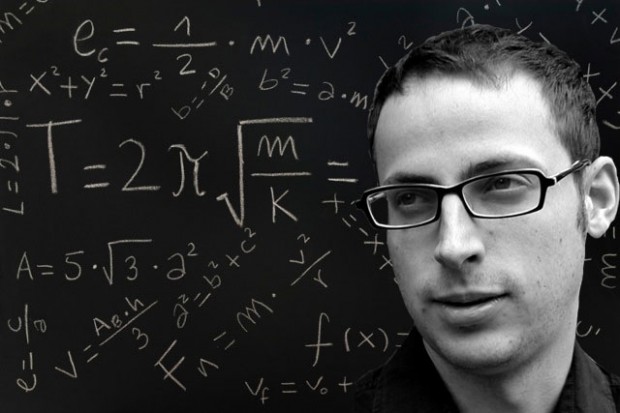By Nikhil Goyal
Call it "The Triumph of Nerds." Poll statisticians have risen to rock star status. One of the most famous is New York Times' wunderkind Nate Silver -- or as Jon Stewart put it, "Lord and god of the algorithm." He may be best known for predicting the 44th president, but Silver could be the one man who can save mathematics education in America.
Silver, who first gained notoriety for forecasting the performance of Major League Baseball players and for correctly predicted the winner of 49 of 50 states in the 2008 election, can save the tattered reputation of math subjects.
For students across the country, there's clearly an engagement deficit in the subject. Paul Lockhart, a math teacher in New York, writes in A Mathematician's Lament [PDF] that if he had to design a system for the express purpose of destroying a child’s natural curiosity and love of pattern-making, he couldn’t possible do a better job than is currently being done. He explains that he simply wouldn’t have the “imagination to come up with the kind of senseless, soul-crushing ideas that constitute contemporary mathematics education.”
Across the land, kids hate math. You can hear it in their constant groans and see it in their deranged faces. They ask their teachers, "When am I ever going to use this in life?" On most occasions, they never will. Even President Obama agrees. He recently said on the Tonight Show, "The math stuff I was fine with until seventh grade. Malia is now a freshmen in high school and I'm pretty lost. It's tough." And no wonder -- the system is suffering from a tragic case of nostalgia. The origins of the current curriculum draw back to 1892 when the Committee of Ten hashed out a standard curriculum, which would eventually be adopted almost unanimously by schools.
As a result, the potential to love and embrace math is being squandered -- perhaps even the future of potential Nate Silvers and Nobel Laureates. As students progress from grade to grade, many start losing interest in math.


